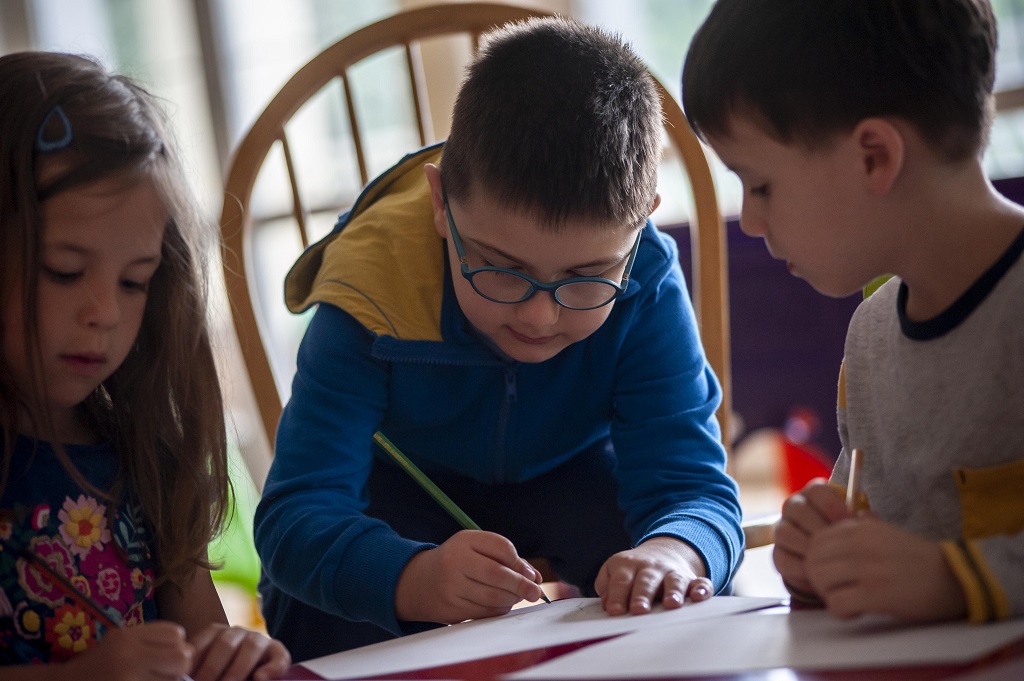
Another form of sensory motor tests (SMT) is the Longitudinal Complex Diagnostics© (LongiKid©) Test, which measures the child’s sensory, motor, and cognitive developmental milestones from 3 months to 11 years of age. The Longitudinal Complex Diagnostics is an essential part in the process of determining the child’s input level for the TSMT or HRG therapy, so its performance is highly recommended if the child shows symptoms of delayed development in more than one area or the parents/professionals consider it necessary to start the therapy due to a certain diagnosis or set of symptoms.
Why is it worth participating in the Longitudinal Complex Test?
The Longitudinal Complex Test is a relatively easy-to-perform test that takes place in the presence of the parent. Its evaluation is simple and fast, and shows an age-appropriate developmental milestones profile in the following areas of the child:
The test should also be performed if your child does not show a marked delay in any of the areas, as the tasks are informative for the parents as well. Besides, they provide objective feedback on the children’s current status in the above mentioned areas, helping parents find a suitable kindergarten, school, or even leisure activities for their children. The test can be performed every three months at younger ages and every six months from the age of two, so that we can get confirmation whether the symptoms experienced before and indicating a disorder would occur at a later stage of life.